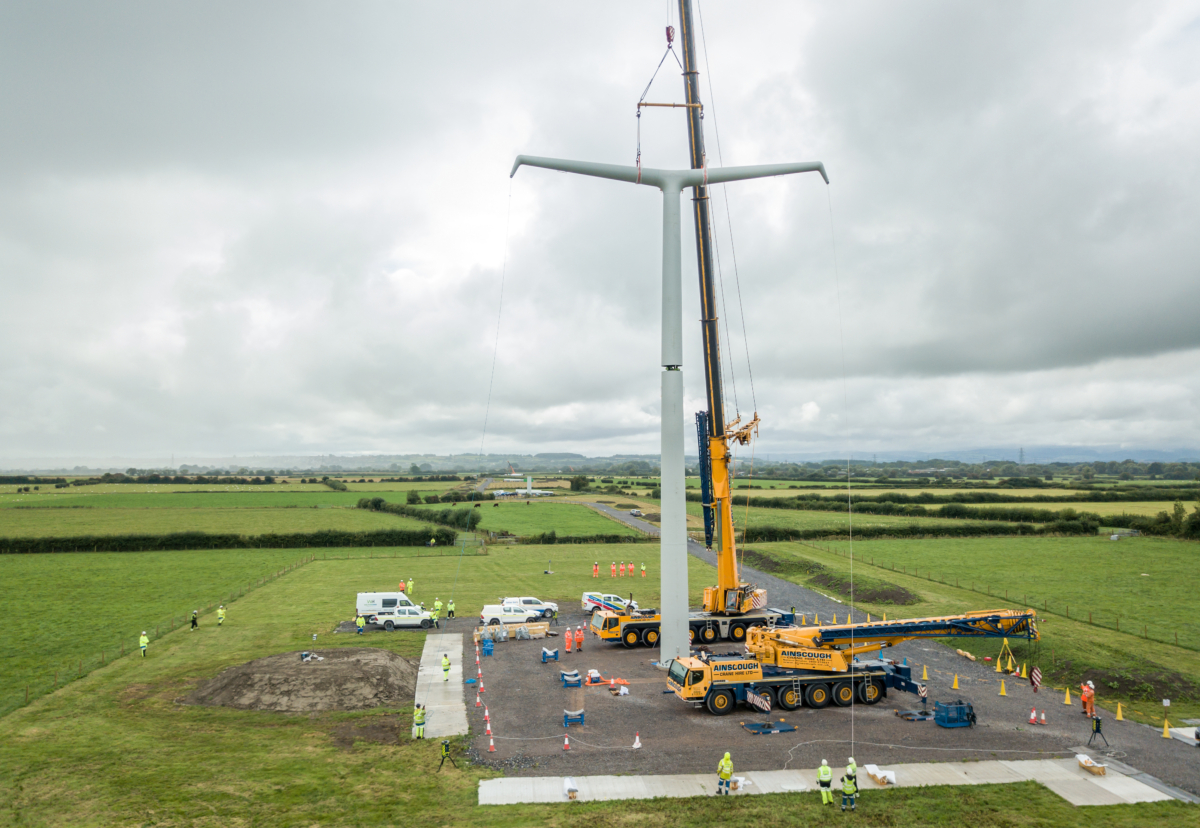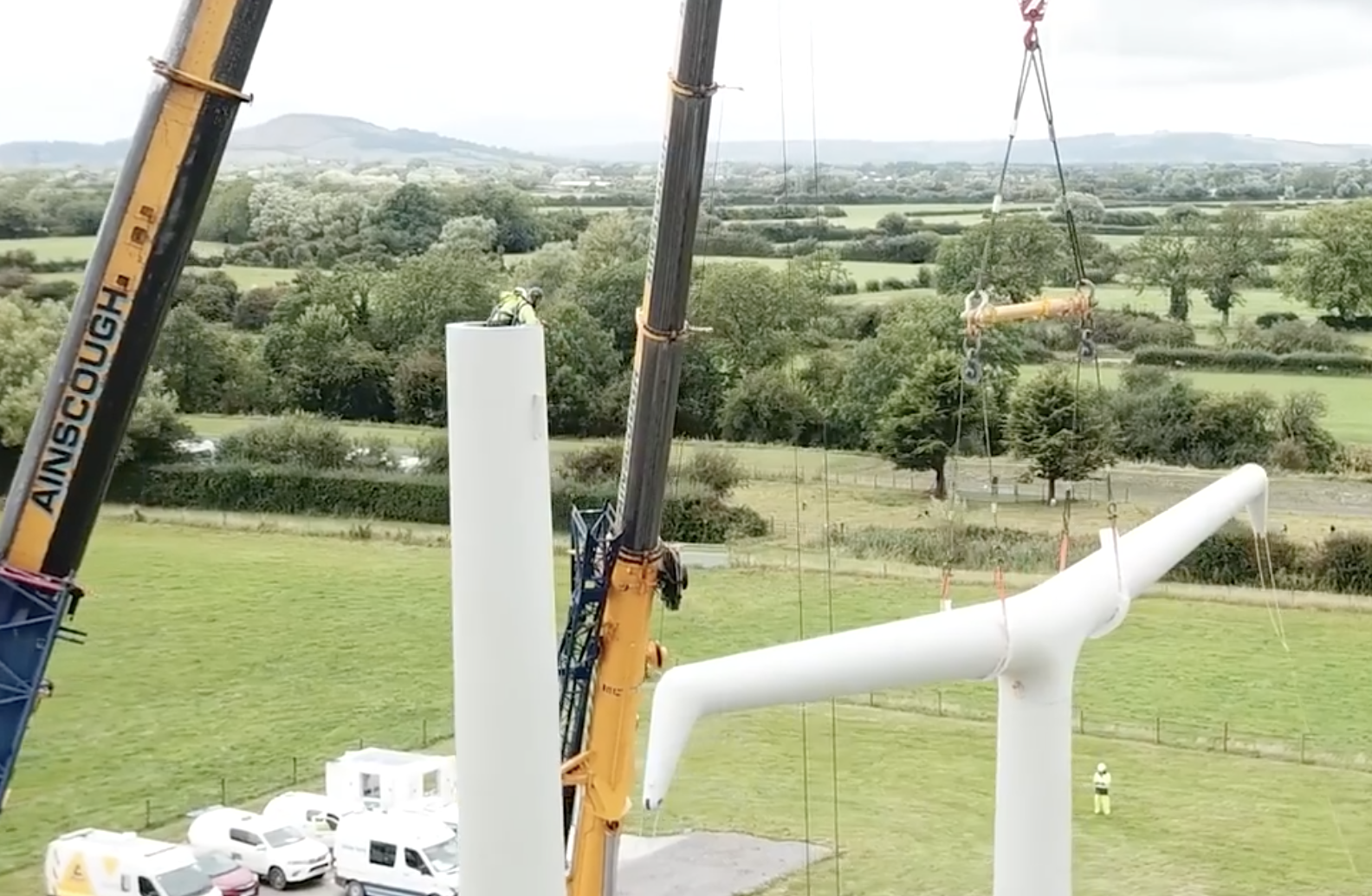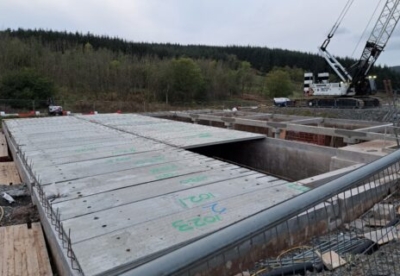It is the first new design for an electricity pylon in nearly 100 years.
At 35m high, the new T-pylons are a third shorter than National Grid’s traditional lattice pylons, and have a smaller footprint using less land.
Balfour will erect 116 T-pylons along a 57km route forming part of National Grid’s Hinkley Connection project, a £900m investment to connect low carbon electricity from Hinkley Point C Nuclear power station.
They will run between Bridgwater and Portbury, other than through the Mendip Hills where the new connection goes underground.
The project also includes the removal of 249 electricity pylons between Bridgwater and Avonmouth.
Construction of the first of 48 T-pylons began last week near East Huntspill. A second phase of construction for the remaining 68 pylons, north of Sandford will begin in 2022.
Matt Steele, Balfour Beatty’s Managing Director for its Rail and Utilities business, said: “Our unique capability and extensive experience in delivering major, complex overhead line schemes, makes us ideally positioned to play a key role in constructing the world’s first T-pylons.
“We look forward to working with National Grid to successfully and safely deliver low-carbon electricity to millions of people, supporting the UK’s net zero ambitions.”




















































 (300 x 250 px).jpg)

.gif)

